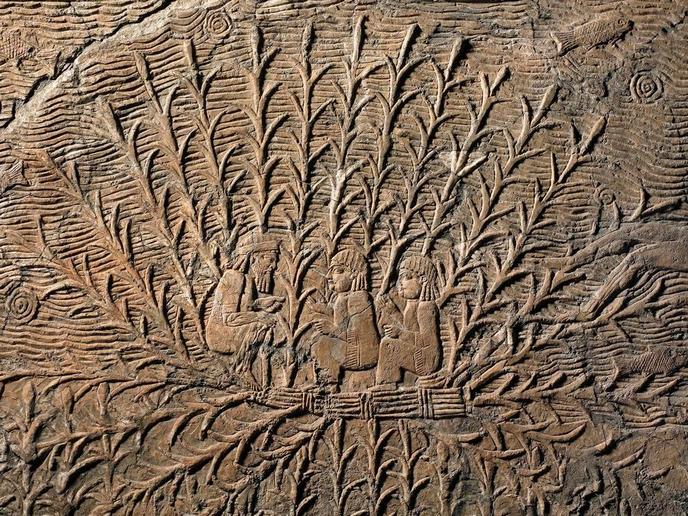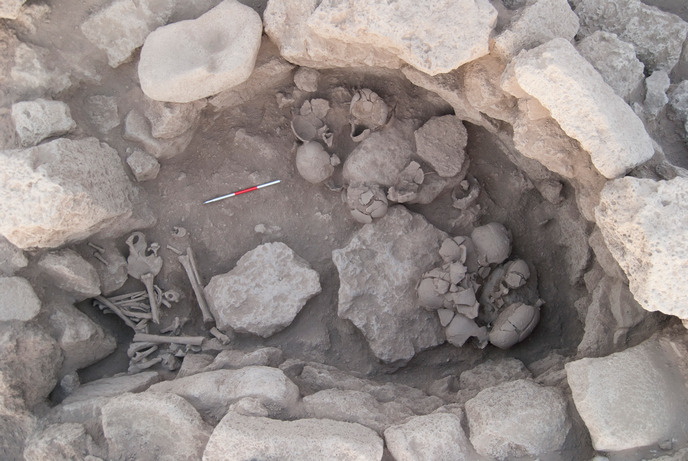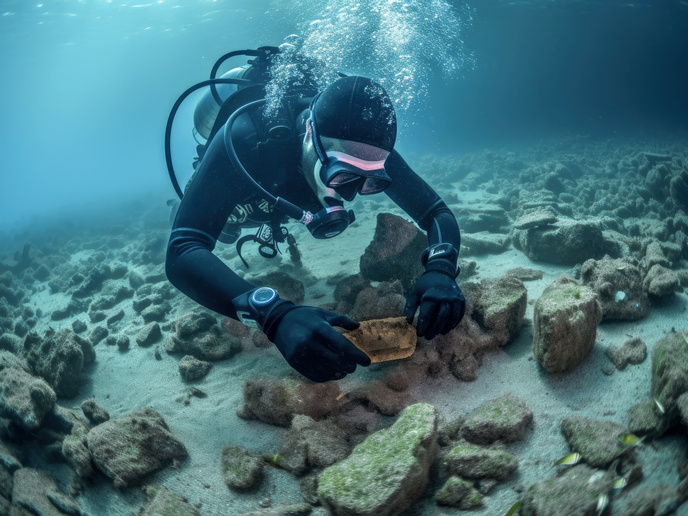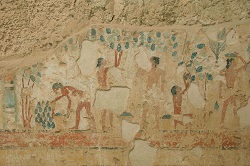Maritime history rewritten in the ancient kingdom of Elam
Since the 3rd millennium BC, the Elamite kingdom has been known as a trade hot spot between regional civilisations and the Persian Gulf. While records exist proving this significant interregional trade for the 2nd to 3rd millennia, there has been sparse information surrounding trading activities during the 1st millennium BC. With funding from the Marie Skłodowska-Curie Actions programme, the TRADElam project has created a new picture of Elamite trade with neighbouring regions. The research focused on raw materials, finished products, maritime and land routes, as well as the role of coastal indigenous communities. The political diplomacy in these times was also taken into account.
Trade fluctuations as a result of political and diplomatic change in the midst of famine
The role of Elam in the interregional commercial network has always been understated due to the history of the Persian Gulf region in the early to mid-1st millennium BC being predominantly narrated from a biased Mesopotamian viewpoint. Elynn Gorris, professor of Persian Gulf History at UCLouvain in Belgium and principal investigator of TRADElam explains how the project overturned the previously held beliefs about the supposed declining commercial Gulf network during the early to mid-1st millennium BC. “TRADElam have reinterpreted a Neo-Assyrian letter to prove that, with a clever mix of regional diplomacy, Elamite officials were able to import grain from Babylonia via waterways.” As a result, the active engagement of the Neo-Elamite kingdom in both nautical and overland interregional commercial activities has been established, which opens new opportunities for research. For decades, there had been an assumption that the commercial network in the Persian Gulf was in decline in the early to mid-1st millennium BC. “TRADElam now has the potential to deliver key information to change our historical perspective on the commercial interactions in the Persian Gulf during this period,” Gorris says.
Canoe-rafts and iconographical data: commerce or military use?
Collaboration between maritime archaeologist Shadi Kalantar at the University of Naples and Gorris led to the discovery of an indigenous watercraft extensively used to navigate the marshes of the Upper Persian Gulf. Characteristics of the vessel are very distinct. The so-called ‘hallimu’ or lagune vessel is flat-bottomed, made of bundles of reeds for a canoe-raft with upturned ends. The above image shows a wall panel from the Neo-Assyrian palace in Nineveh, depicting a battle on reed-bundled canoe-rafts in the marshes of the Upper Persian Gulf. “Exclusively used in the marshland between Elam and Mesopotamia, these crafts could transport people and large quantities of goods and livestock,” comments Gorris. “They could therefore have been used in both a commercial and a military context.” The extent to which the Neo-Elamite state could influence the politics and economics of the Upper Persian Gulf region is reflected in the peer-reviewed article “Don't Let the Boats Pass!”.
Archaeological fieldwork gives extra evidence for further research
Work at Sharjah revealed amphorae, two-handled containers that held oil, wine, milk or grain. The amphorae studied at the site gave supplementary data for long-distance trade. In the Sharjah maritime museum comparative data on lagune boats was collected to support future research on interregional water transport across the entire Persian Gulf network. TRADElam has delivered an important case study in which a first attempt is made to unite both data and scholars of different academic fields. Multidisciplinary in essence, experts of philology, archaeology, history, art history and geology of ancient Iran, Mesopotamia and Pre-Islamic Arabia in the (Northern) Persian Gulf area have formed critical collaborations to further knowledge of early Iron Age history.
Keywords
TRADElam, Elam, trade, Upper Persian Gulf, Neo-Elamite, amphorae, lagune







